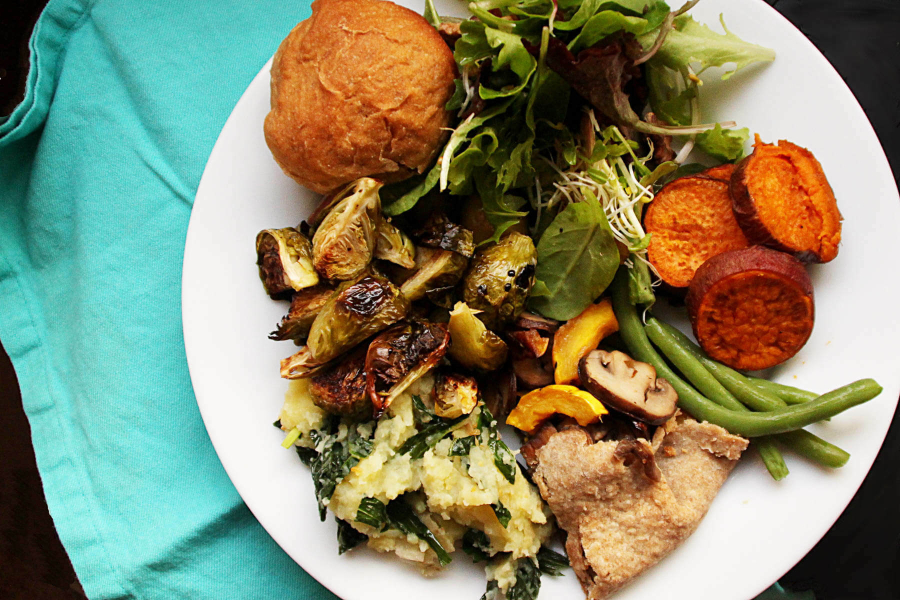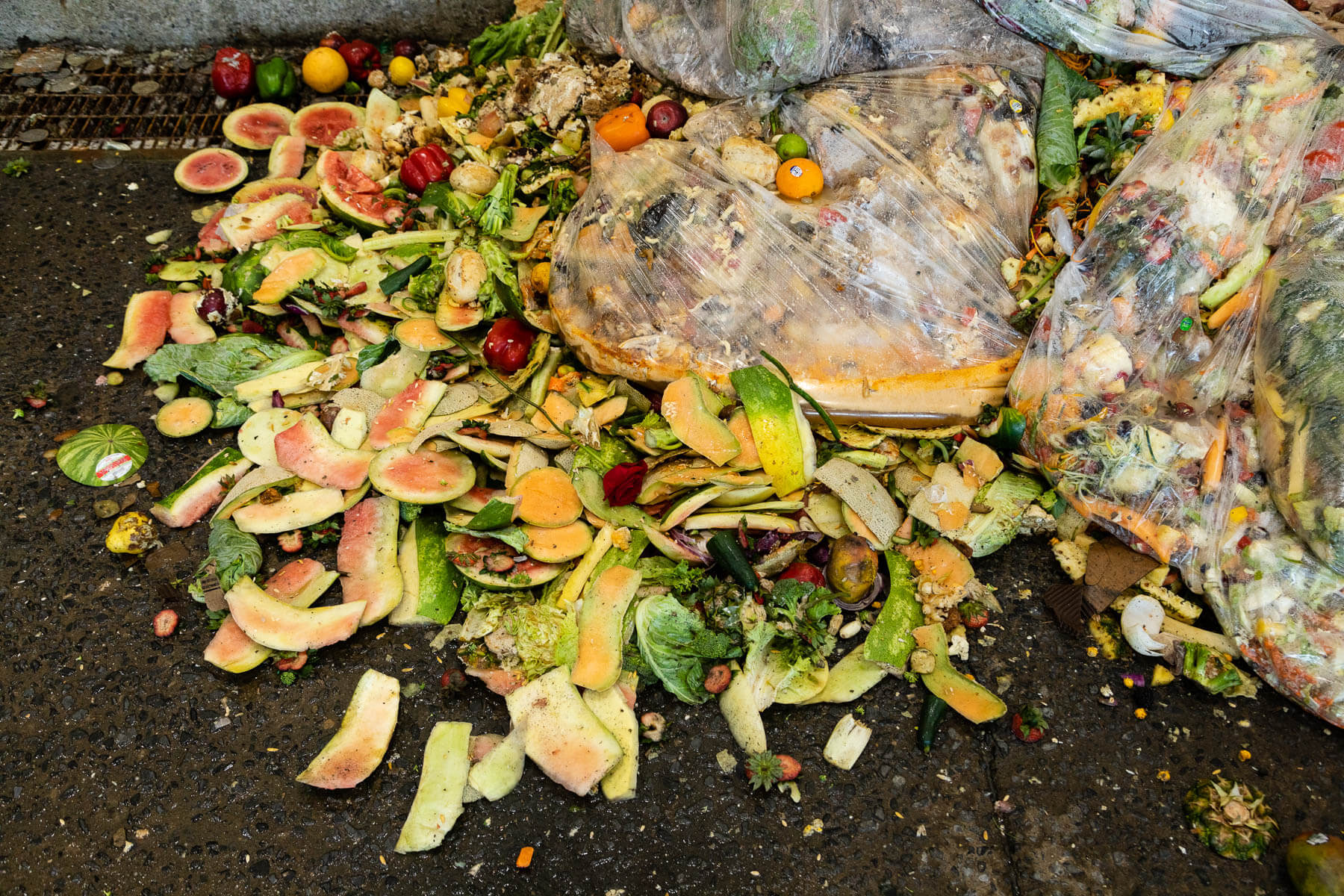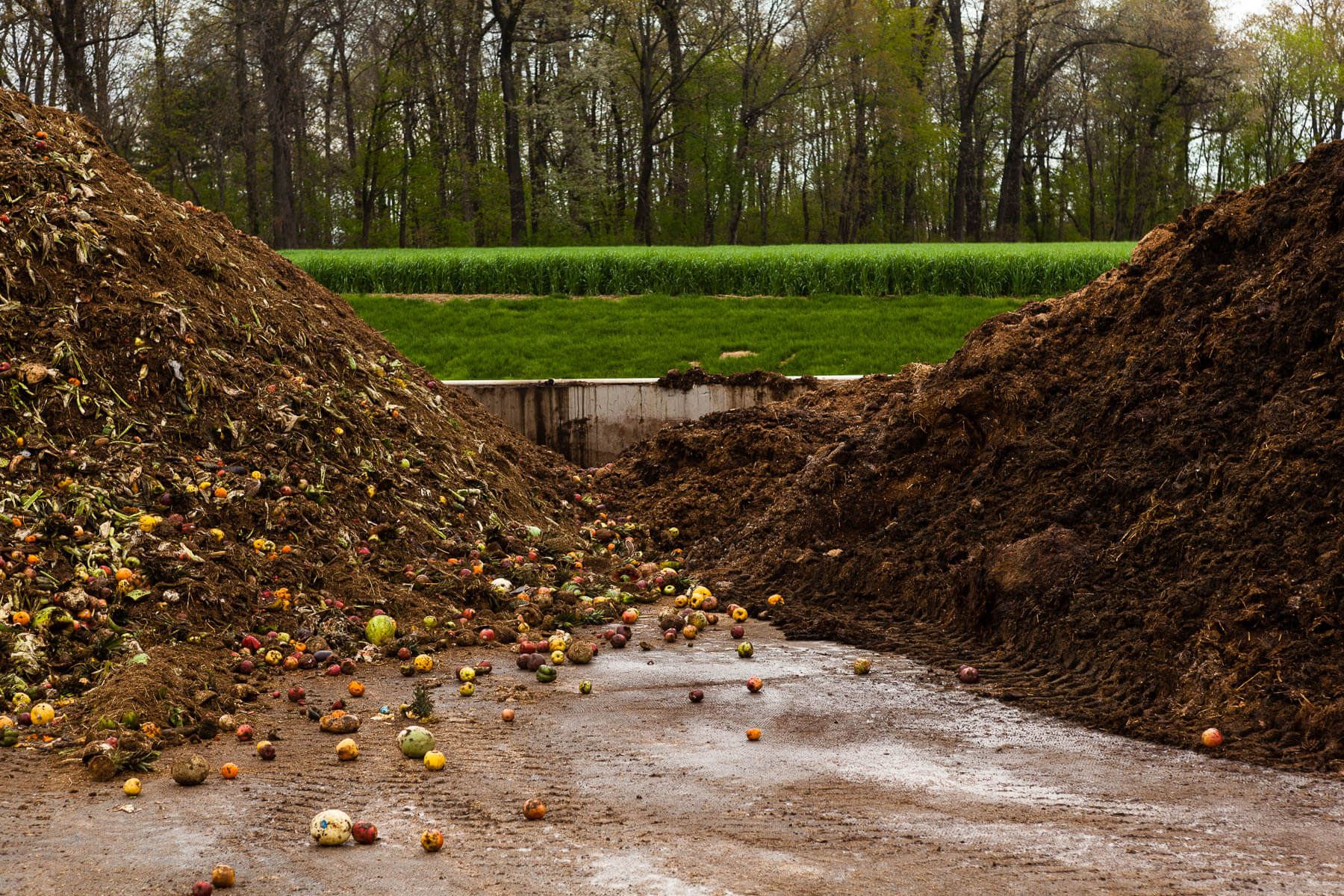There's a better place for those Thanksgiving leftovers

Forty-five million turkeys, 50 million pumpkin pies and 40 million green bean casseroles. No matter which way you look at it, Americans eat a LOT every Thanksgiving. Which also means a lot of wasted food. The U.S. Chamber of Commerce estimates that 172 million pounds of turkey, 30 million pounds of gravy, 40 million pounds of mashed potatoes and 38 million pounds of stuffing are wasted just this one day each year.
The nonprofit, ReFED, estimates that 35% of all food in the United States went unsold or uneaten in 2019, translating into an approximate loss of $408 billion. And with 38 million people in the United States classified as “food insecure,” we need to be doing something differently.

Environmental impacts
Most people don’t realize the negative impact that food waste has on our environment. When food piles up in a landfill and begins to decompose, it releases methane, a greenhouse gas that contributes to climate change. According to the Environmental Protection Agency (EPA), methane is 28 times more potent than carbon dioxide. To give you an idea of how significant this is, global food waste produces a larger carbon footprint than the airline industry. Overall, it emits approximately eight percent of the world’s total greenhouse gases, meaning that if food waste were a country, it would come in third only behind the United States and China.
Food waste strains our finite water resources and contributes to water pollution. Growing, processing, packaging, storing, shipping, transporting and preparing food takes an inordinate amount of water. Researchers have found that about 25% of all freshwater consumed in the United States each year is associated with discarded food, resulting in $172 billion in wasted water.
Growing surplus food that just goes to waste ends up squandering 18% of farmland and takes up 21% of our landfills. With a growing population and increasing development, we do not have land to waste. Cultivating this extra agricultural land uses 19% more fertilizer, and overall contributes to the nitrogen, phosphorus and sediment pollution entering the Chesapeake Bay and the waters in your backyard.

Preventing food waste
In 2015, the EPA, in coordination with the U.S. Department of Agriculture, set a goal to cut the nation’s food waste by 50% by 2030. Here are ways in which you can help, right at home!
- Cook with intention: Before going to the grocery store, make a list and only buy the ingredients you need. Label what you buy with the date in which you bought it, so you can keep track of its expiration date. Experts believe 37% of food waste is due to items getting tossed out in the home.
- Buy local: Food produced locally is usually fresher and will last longer. Additionally, purchasing local food items will not only help reduce greenhouse gas emissions, but will support businesses in your community. To get started, take a look at the Potomac Conservancy’s guide to buying local food.
- Compost: When food is placed in compost bins, microbes convert that organic matter into nutrient-rich soil, helping to keep carbon dioxide out of the atmosphere and producing valuable fertilizer. Begin composting at home and check out if your community participates.
- Advocate: Contact your local elected officials and ask them to support policies and programs that advance composting, food recovery programs or decreasing food waste.
- Support businesses that prioritize reducing food waste: Some local restaurants and grocery stores participate in food recovery programs that direct unused food to shelters or soup kitchens. Others provide food waste to farms or businesses with anaerobic digesters, which can convert methane into electricity. Unused food can also be turned into fertilizer, construction material and animal bedding.
- Donate: If you have extra food, consider donating to a local food bank.
Food recovery programs in the watershed
Many food banks across the watershed will take your monetary or non-perishable food donations to help local residents in your community. Several other organizations work with businesses, restaurants and even colleges to repurpose their excess food waste to individuals in need. Check out some other food recovery programs throughout the Chesapeake Bay watershed that would be happy to take your surplus food of your hands—and your plate:
- Ample Harvest: Do you have extra fruits and vegetables from your garden? Ample Harvest will connect you with local organizations in your area in which to donate your surplus produce.
- Baltimore Orchard Project: Are you a farmer, orchard owner or just generally have a large garden? The Baltimore Orchard Project will rescue your unwanted food and provide it to hungry individuals throughout the city.
- Community Food Rescue: Have some extra food and want to get rid of it? If you live in Montgomery County, Maryland, Community Food Rescue will personally come to your residence to pick it up and ensure it goes to someone who needs it.
- Community Hunger Outreach Warehouse (CHOW): The CHOW, located in Binghamton, New York, works with restaurants, local grocery stores, farms and individuals to collect food waste and provides emergency services to individuals in need.
- Excess Food Opportunities Map: The EPA has created a story map that lists areas of opportunity from around the country to divert excess food waste (e.g., hospitals, restaurants) and over 5,000 organizations that are looking for food donations in order to make these important connections.
Where do you donate food in your neighborhood? Let us know in the comments!

Comments
In Thanksgiving
And fond remembrance of the many cherished
Memories of Holiday gatherings with Mom,
who won’t be coming this year, regretfully.
A country song by Robert Smiler entitled,
Just Wait Til Your Mama Comes Home
https://www.youtube.com/watch?v=wG4W3B_bncY
Thank you!
Your comment has been received. Before it can be published, the comment will be reviewed by our team to ensure it adheres with our rules of engagement.
Back to recent stories